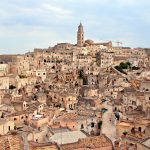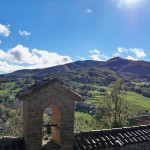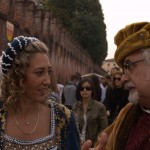Matera, the European Capital of Culture 2019
Matera: the essence of anthropology
Matera is made of layers, discover the history of the famous Sassi
Matera is made of layers, layers of history that have settled over the centuries: below are the oldest elements, the caves dating back the Stone Age, and above is the more modern settlements. It takes just a short walk to notice that.
Let’s discover the history of the famous Sassi while strolling and we look for some typical local souvenir… for example, do you know what a “bread stamp” is? Can be tell that is the “essence of anthropology”!
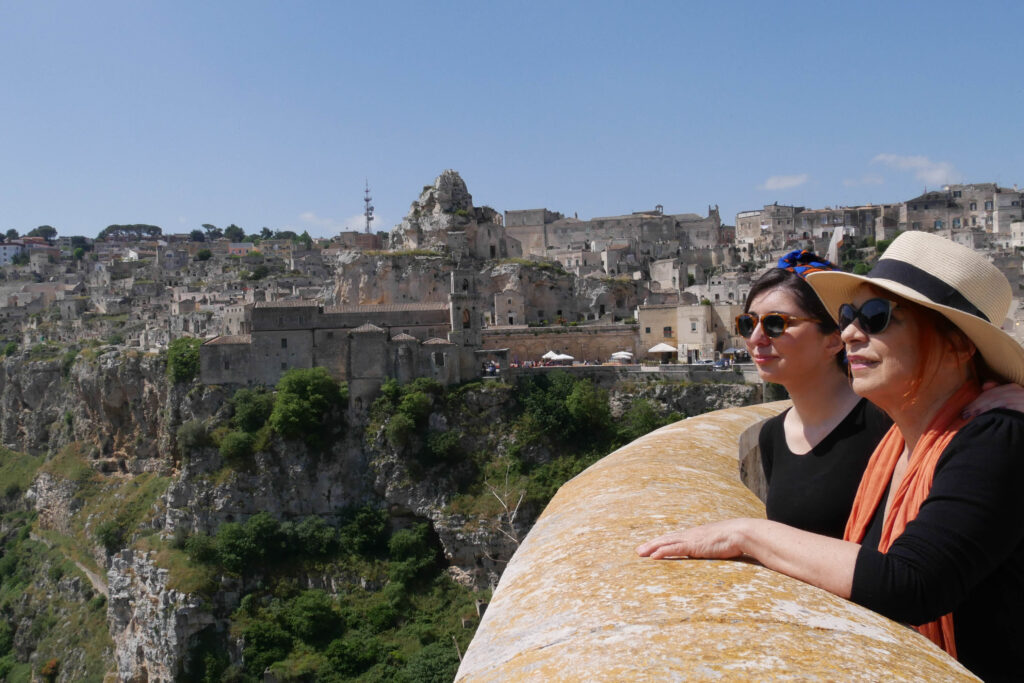
Matera 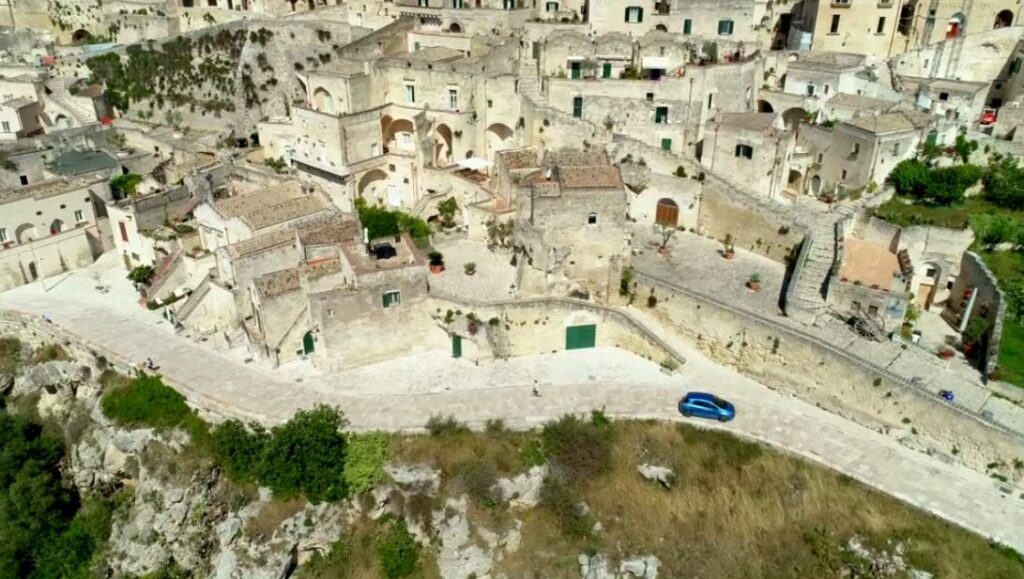
Matera 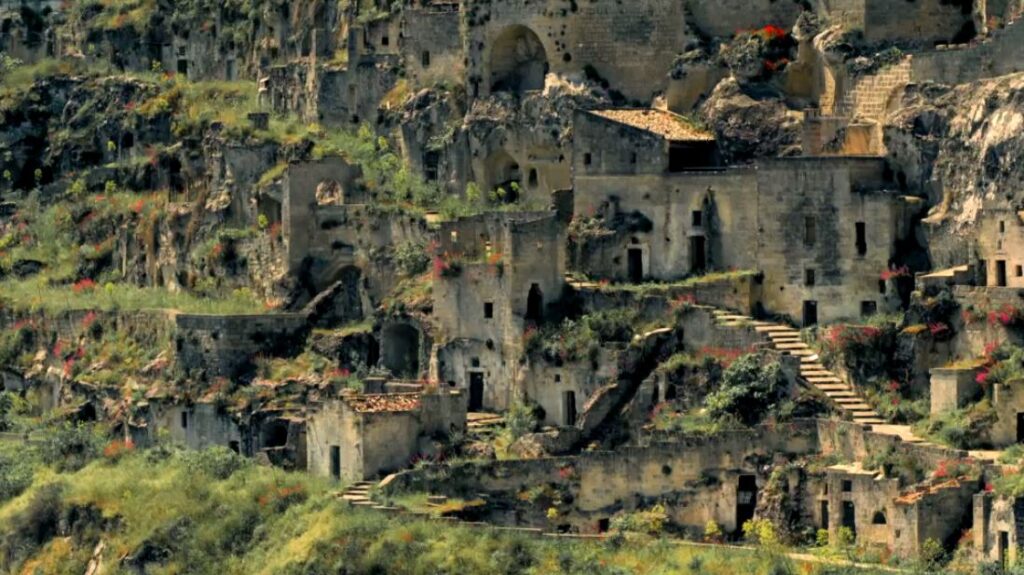
Matera 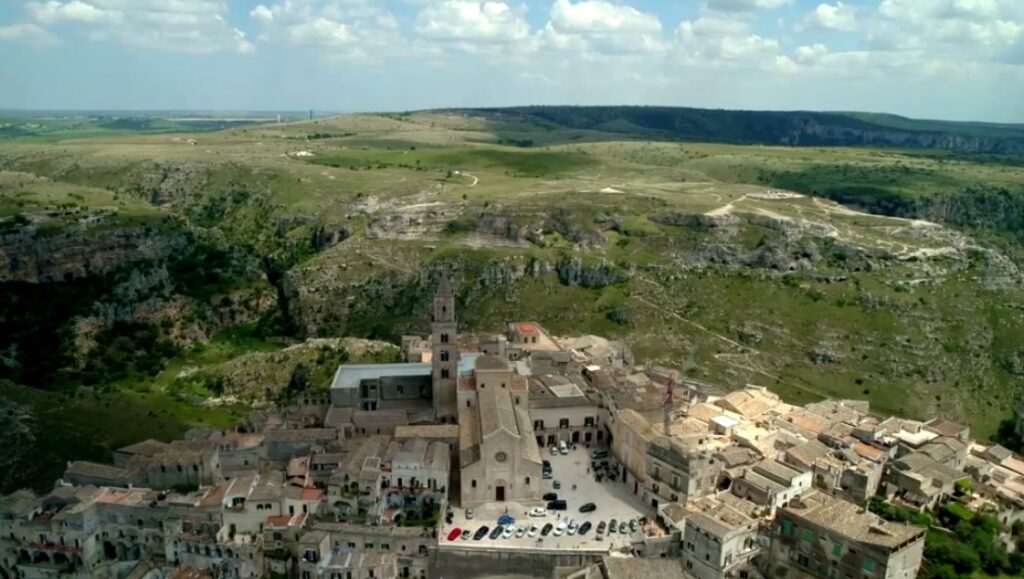
Matera 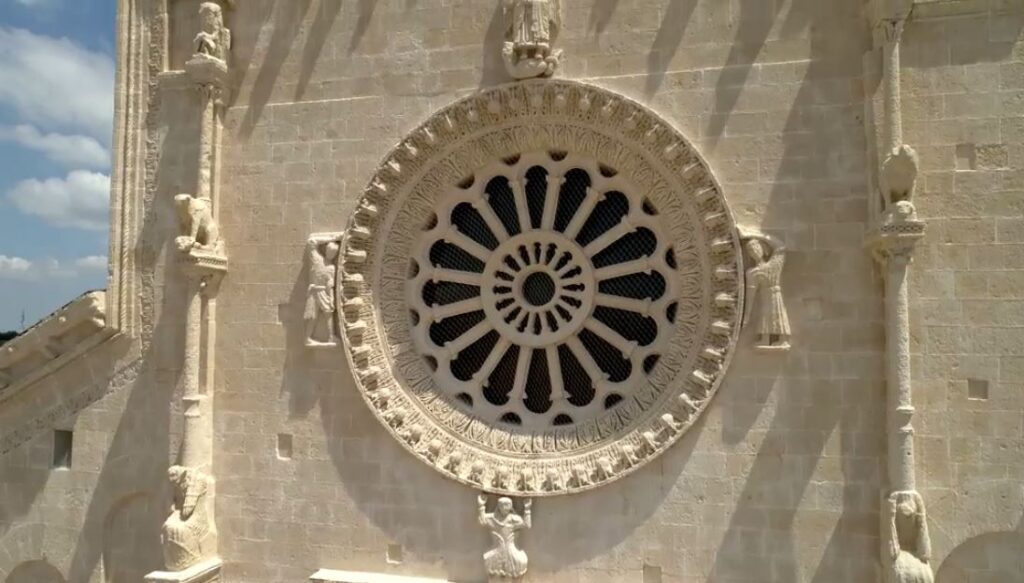
Matera Cathedral 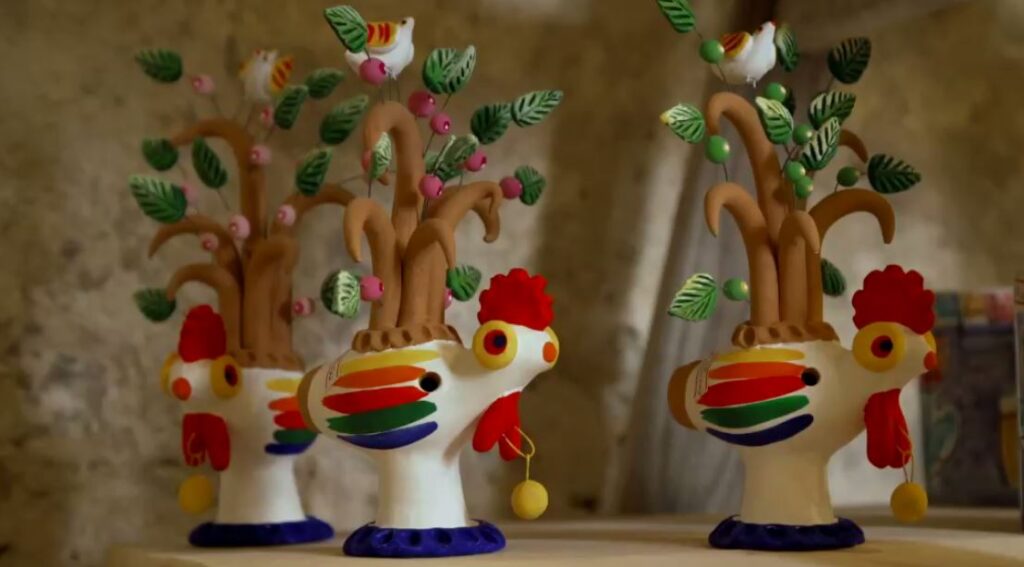
Matera, typical whistle
Video full text: Matera: the essence of anthropology
Where are we?
We’re in a cave!
We’ve left civilisation behind!
It’s marvellous, it reminds me of Tunisia
It’s perfectly preservedMatera is made of layers
Layers of history that have settled over the centuries
You can see this as you take a stroll
Starting from the hotel, from where you can see the river…The Gravina flows under Matera,
collecting the waters
of one of the world’s oldest human settlements,
dating way back 9000 years, to the Stone AgeYou can see the layers: below are the oldest elements, the caves
and above is the more modern settlement, up to the 1960s
Benedictine monks arrived here from Cappadocia in the 8th century
And brought further changes
This place has a similar history to the Middle East
In Tunisia, the Berbers used caves to store wheat,
but in Cappadocia, where these monks came from, caves were already used as homes
and Matera was the ideal place for themMatera Cathedral was built in the 13th century
It’s fabulous, built in such pale stone
And at the top, there’s a mystery:
A rose window, representing the wheel of life
And the Tarot wheel of fortune card!
It represents fortune, but fortune was also about chance
And chance was the most important deity of all …Matera gets a lot of tourists
Lots of school groups, as you can see
It was the Capital of Culture in 2019, and it’s also a green city
Silence is another hallmark of the Sassi di Matera
Well, maybe not right now, with the schoolkids!(song) “Vado a zonzo dove il cielo è sempre blu
Vedo i passeri che saltellano sopra gli alberi e mi guardano da lassù
Quanta poesia!” (Wandering around beneath the blue, blue sky, watching the sparrows soaring above the trees looking down on me, it’s pure poetry!)Let’s get a souvenir! This is a whistle, right?
Yes, we call it a “cucù”, it’s typical of these parts
It’s really cute!
It’s a whistle alright.
Okay, that’s enough of “The Good, the Bad and the Ugly”!
The rooster is a universal symbol of fertility, of plenty, of spiritual awakening
In Matera it used to be given as a wedding gift and to new babies
I love it, I want one!
How many shall we get?
One for my aunt, for grandma, for Rita, Ivana, Gianluca…and for dad?
Nah, not for your dad …
That’s because you want it!A stamp! Another gift idea
Shall we get a stamp made?
This one’s lovely
Anyone here? – Sure, here I am
Look at how fancy this one is
What were the bread stamps for?
The people who lived in the Sassi area used to prepare their own bread
And then take it to the community ovens for baking
So these bread stamps were used to identify and recognise each family’s bread
And it also had an apotropaic value:
it was used to ward off evil spirits!
We’ll take one! With the initials ZRG, “Zoe Roversi Giusti”.
There you go!
That was quick! It’s beautiful!
I call these bread stamps the “essence of anthropology”
It’s the most characteristic object of Matera …
So we’ve got a masterpiece here!
Thank you so much
Anthropologically correct!

